Callum Hancock
Mice on Venus
//
Studio Zweihander
Solo Project
2017-2019
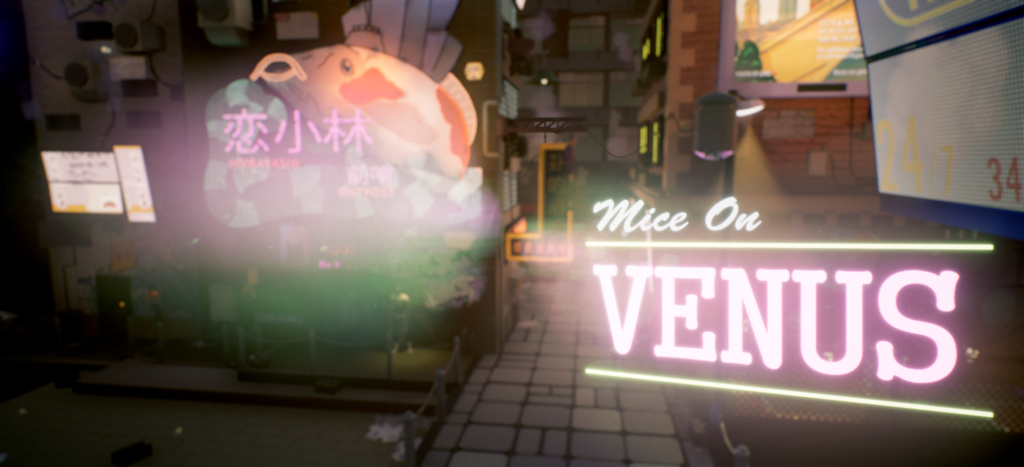
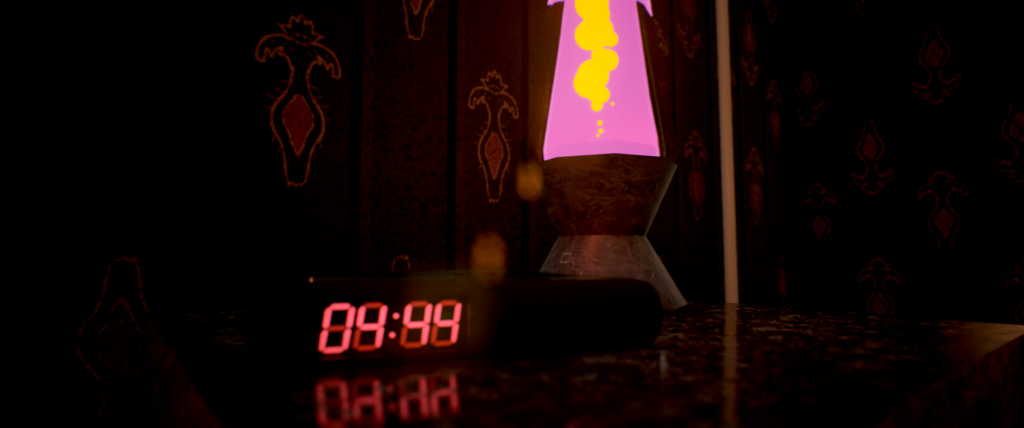
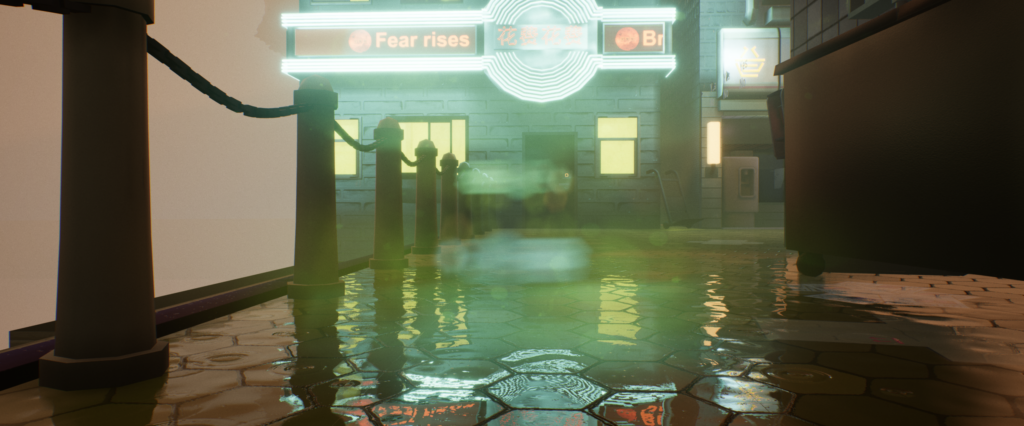
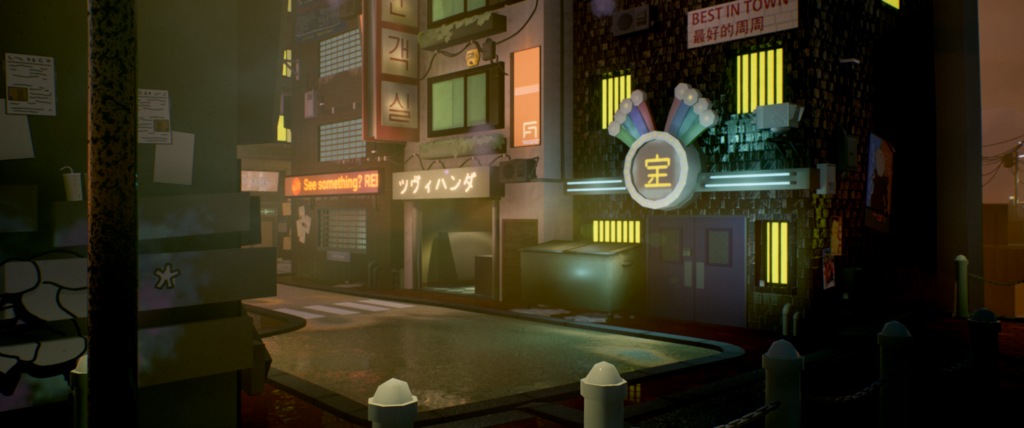
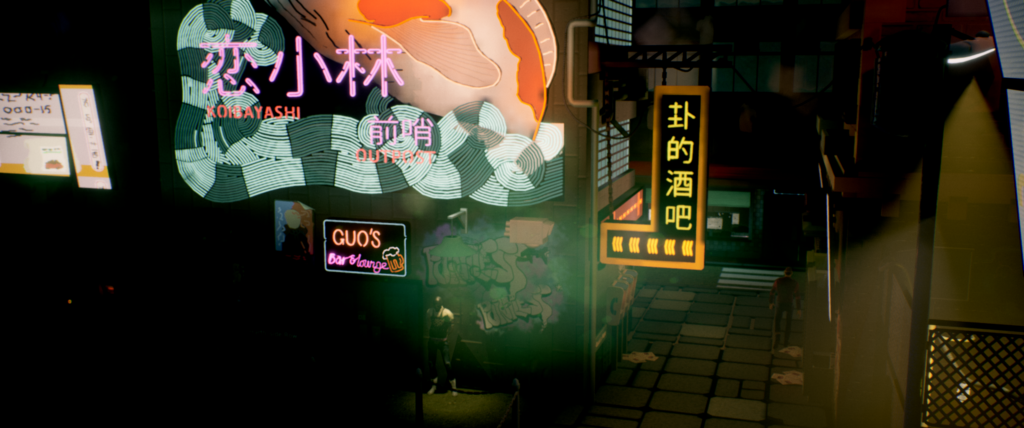
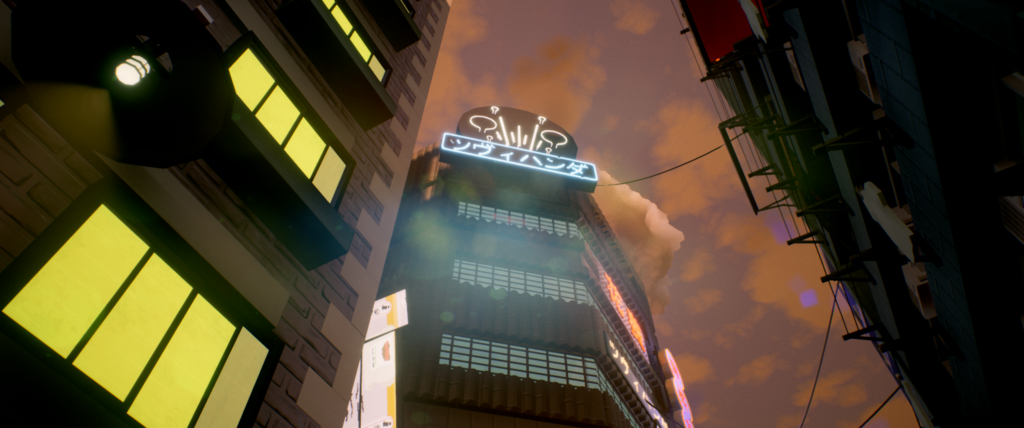
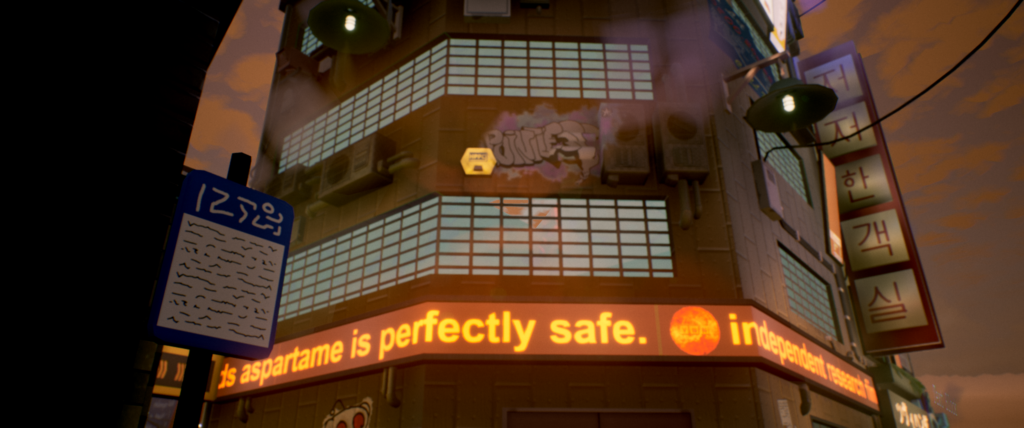
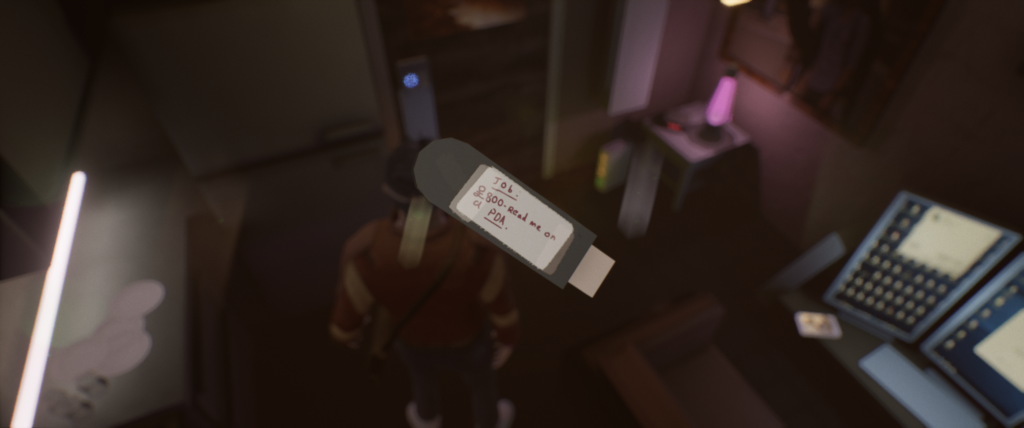
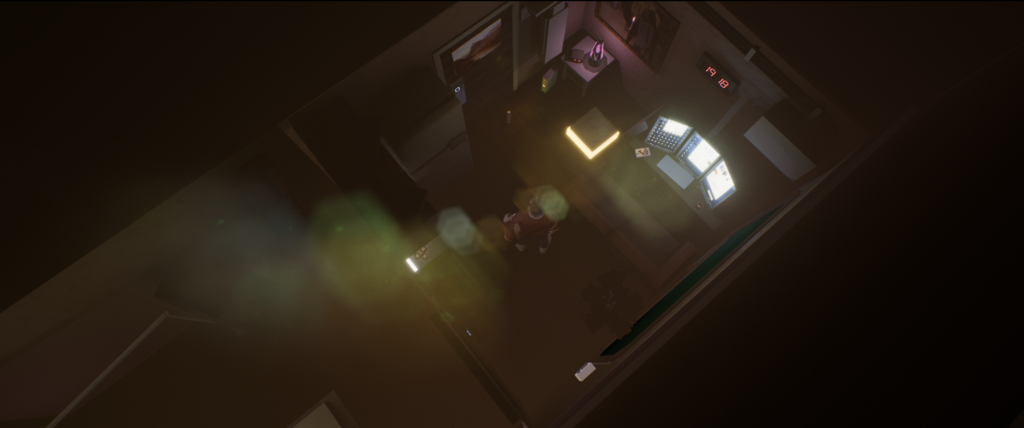
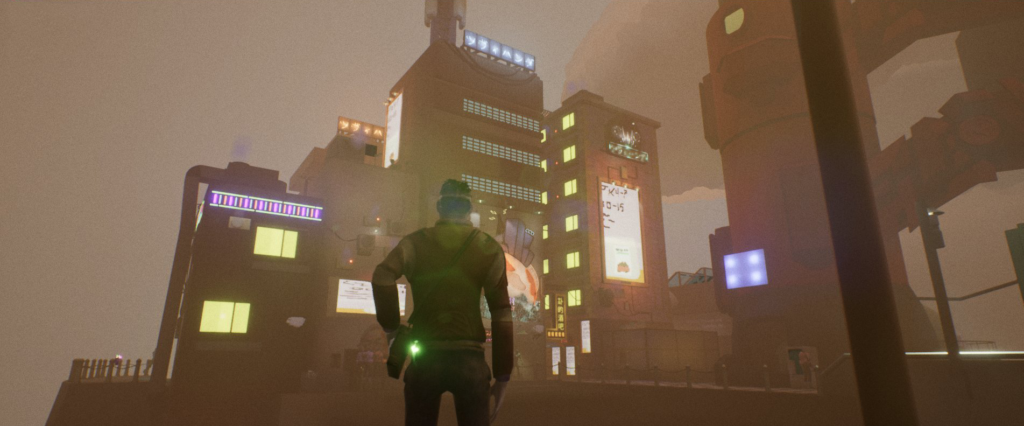
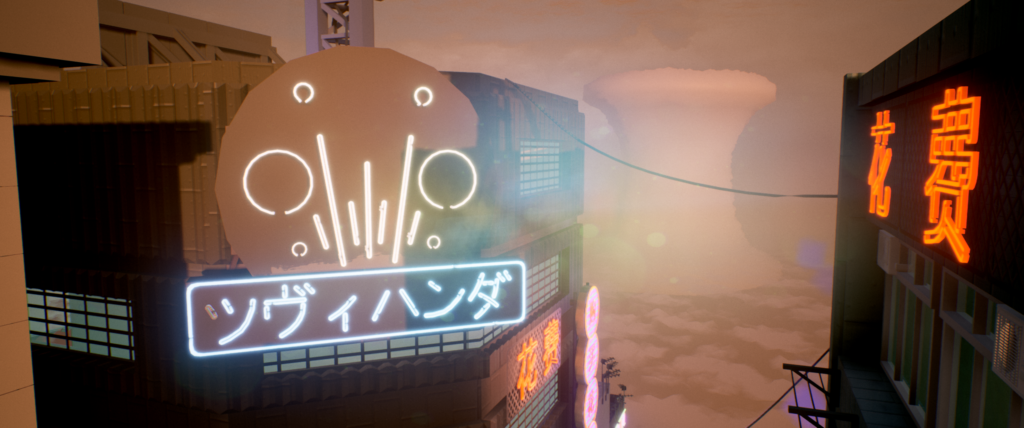
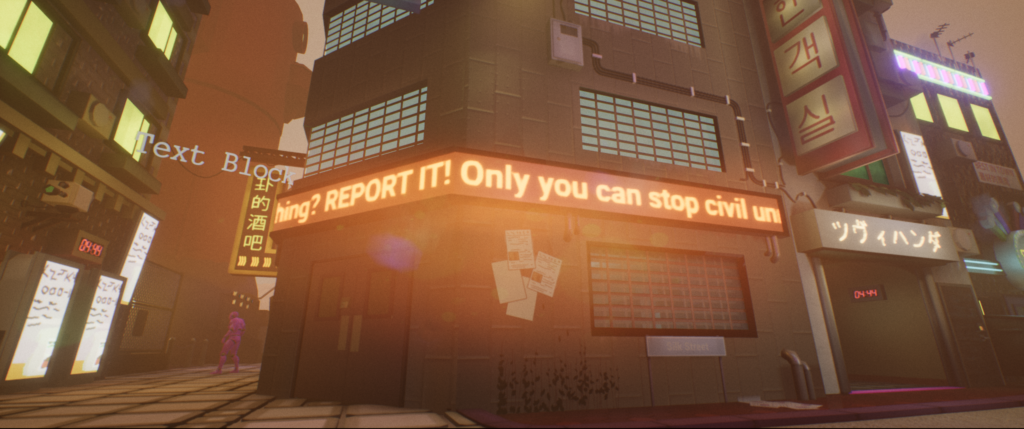
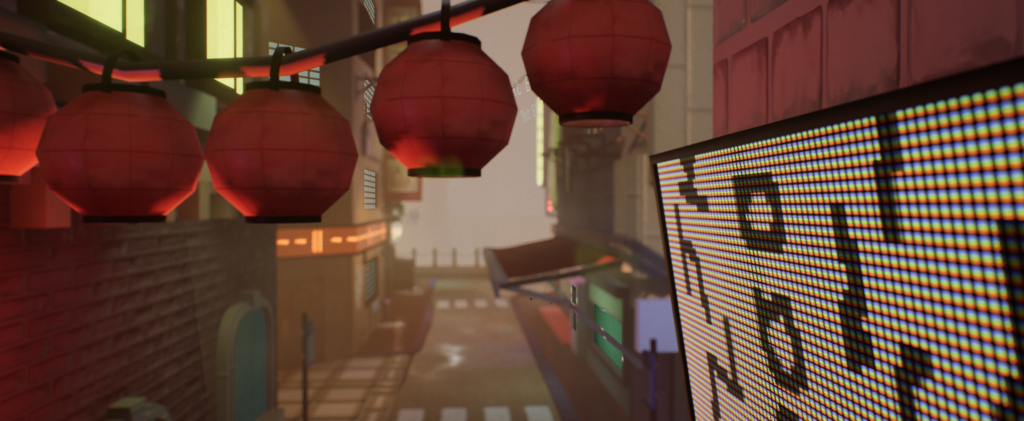
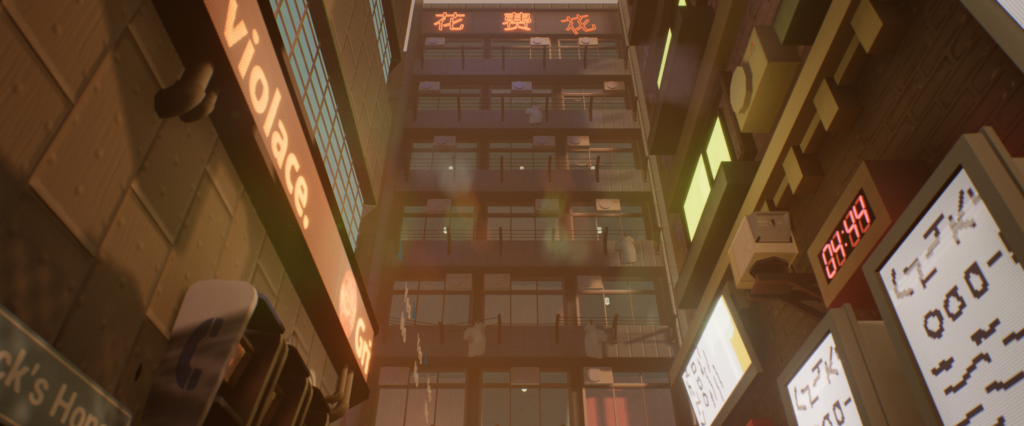
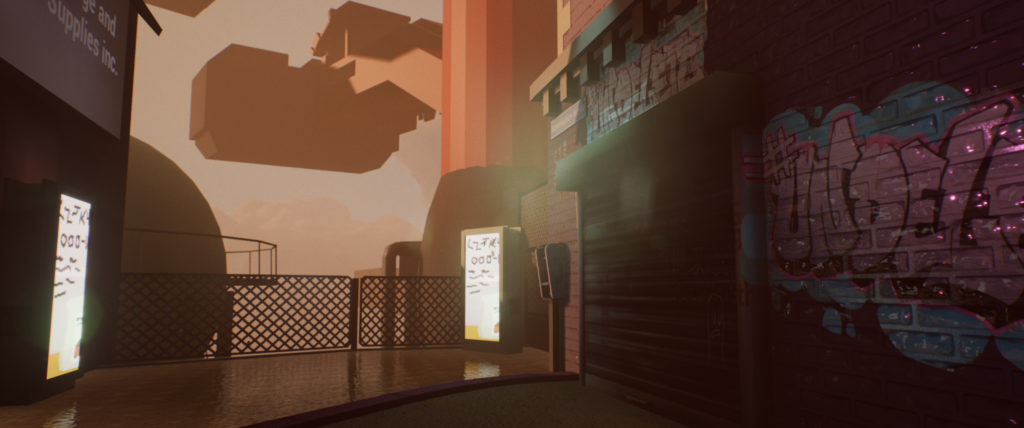
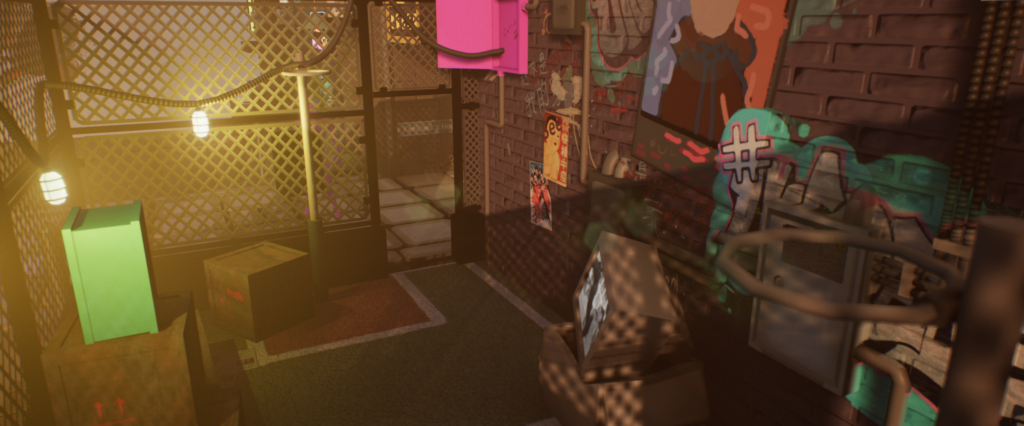
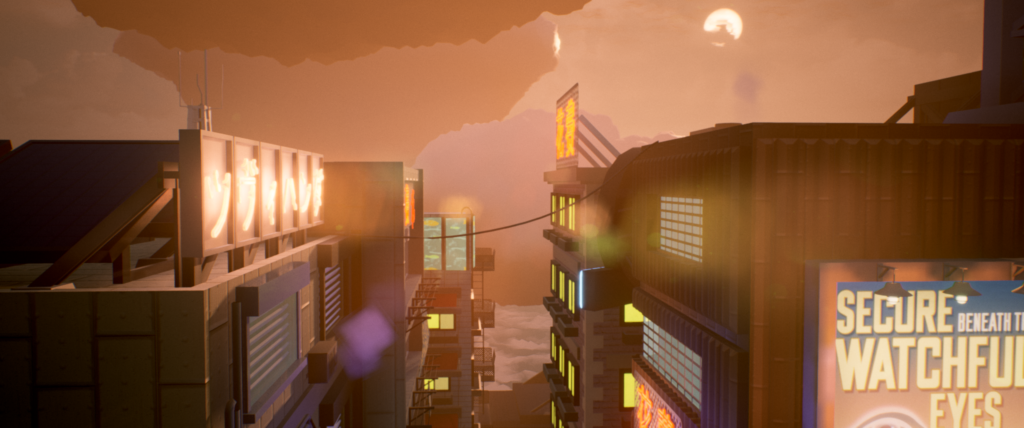
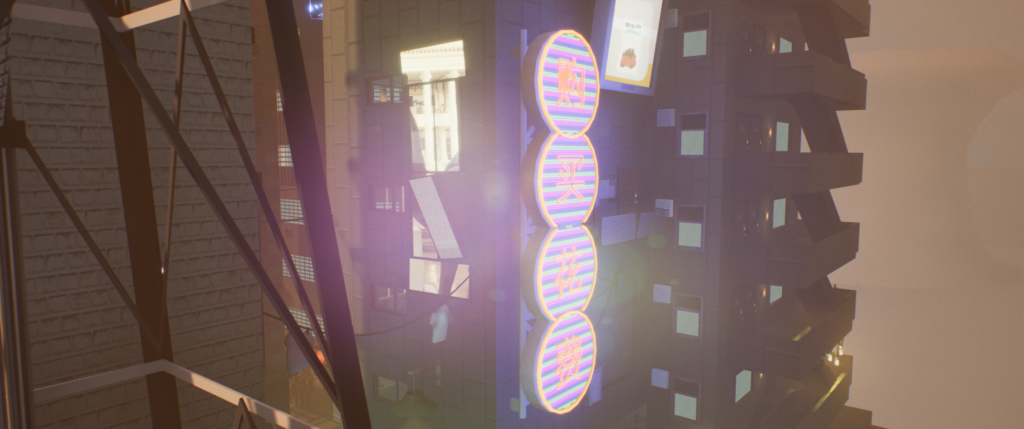
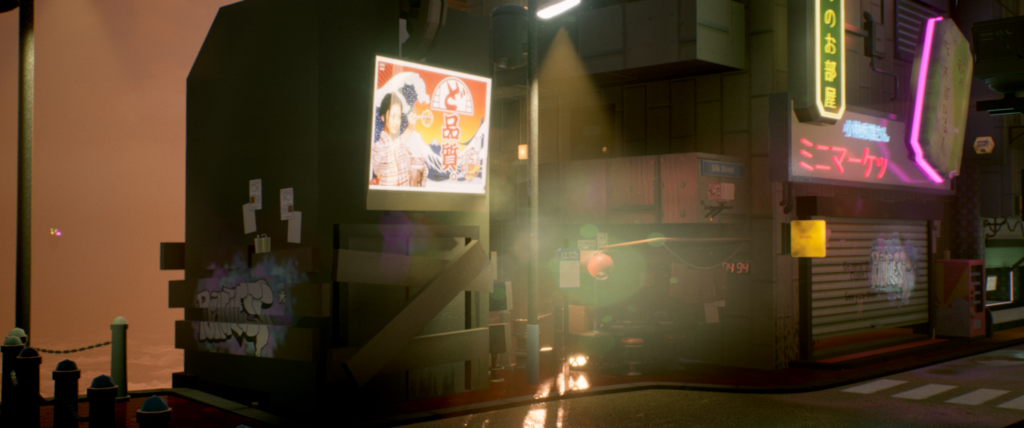
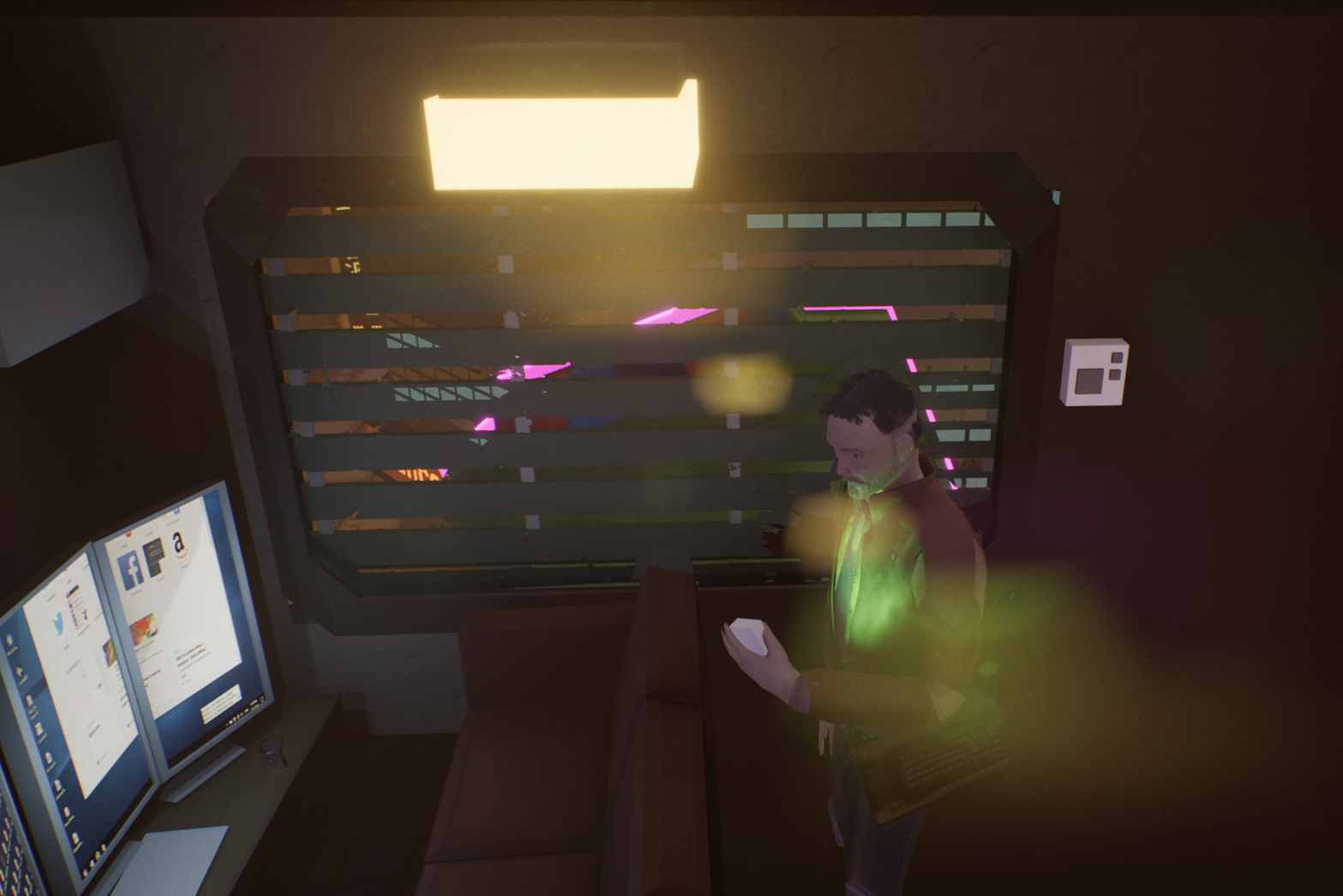
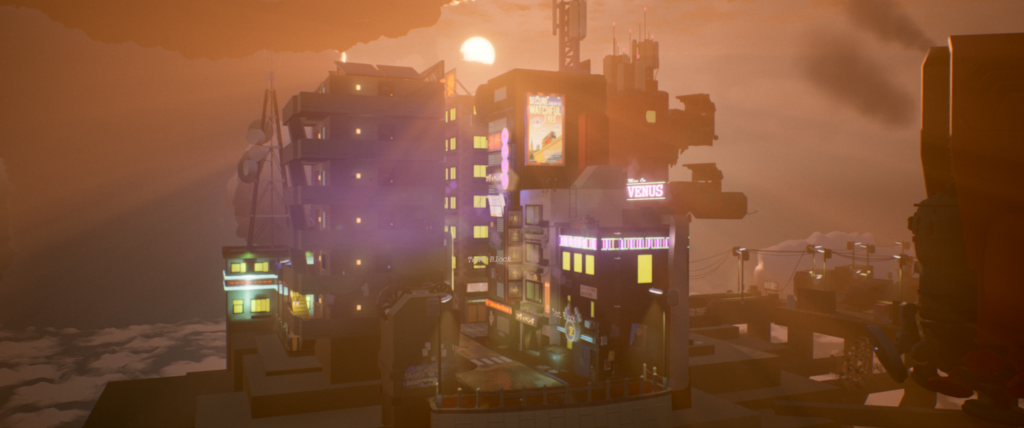
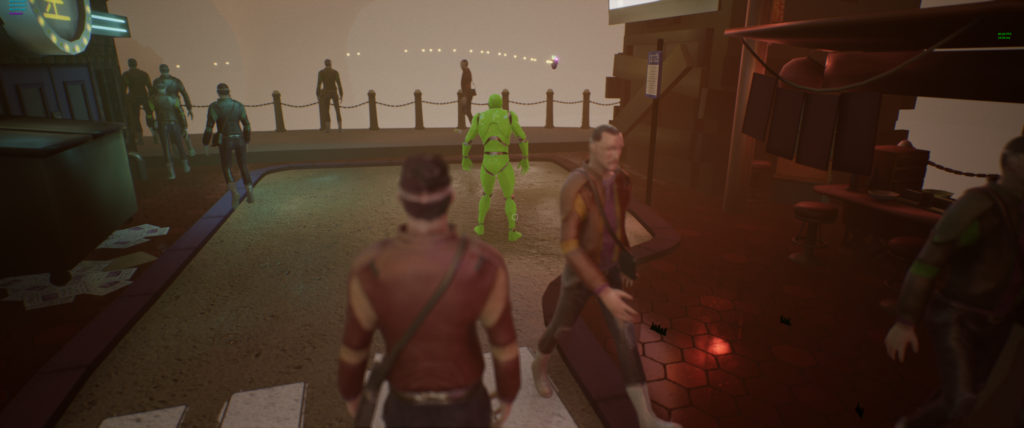

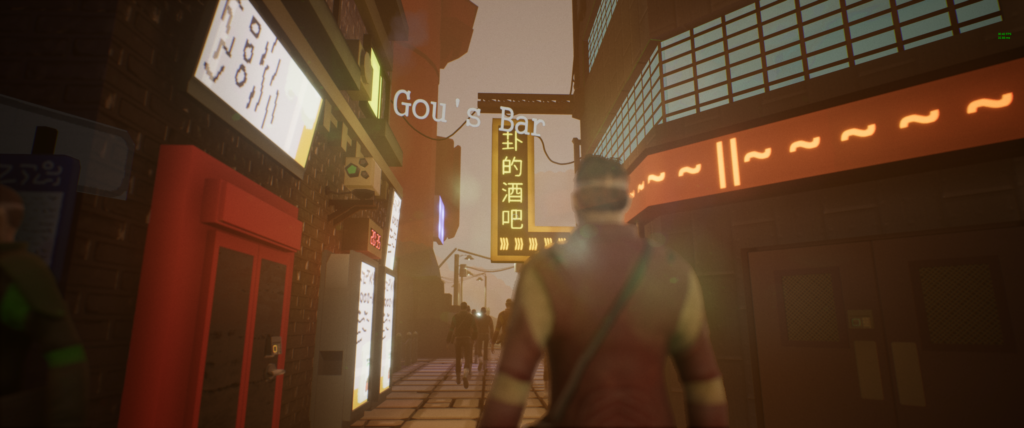
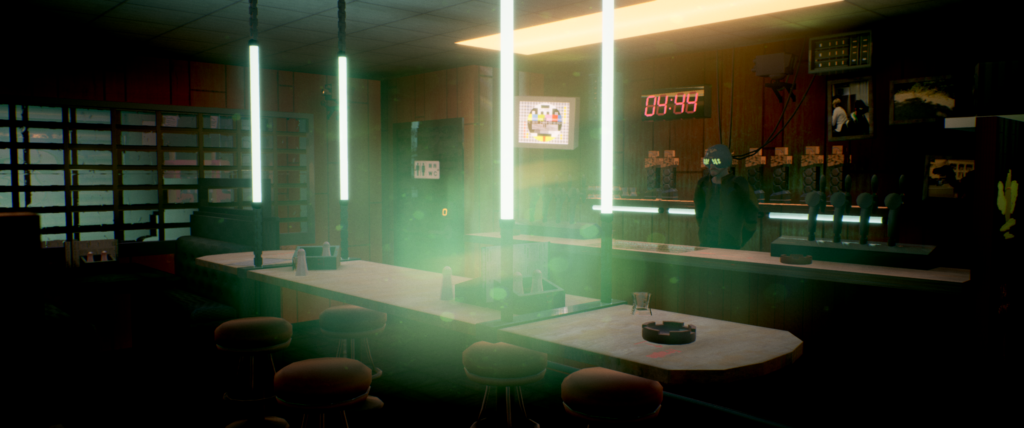
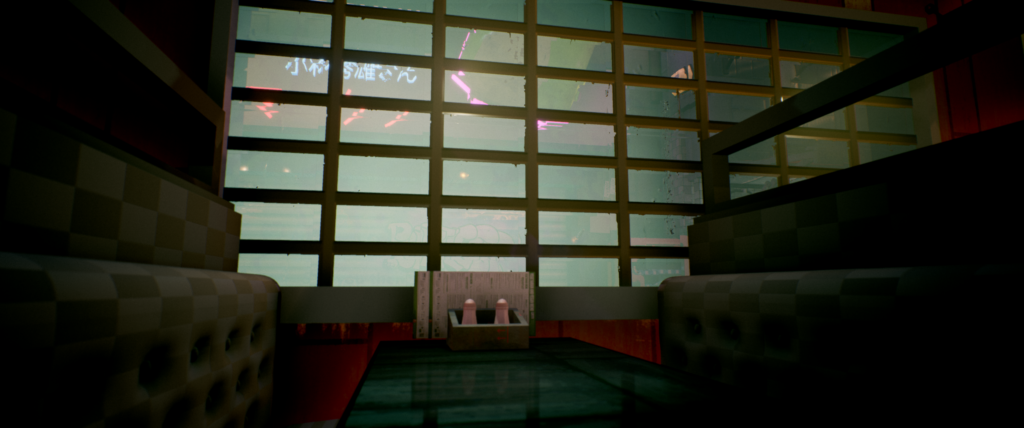

Overview//
Mice on Venus was a detective simulation game about investigating cases with ambiguous morality.
Mankind has left Earth, setting up colonies floating in the upper atmosphere of the planet Venus. You play as a Private Investigator on one of these outposts. It’s your job to solve cases assigned to you by the world’s Citizens, and decide how you go about it.
Each case is played out like a routine, where the world’s citizens follow their own simulated schedules. The player must navigate these routines to intercept targets, follow leads and gain information.
As of 2020, Mice on Venus was discontinued. .
Radiant Citizens //
Radient Citizens roam the games world, performing their daily routines and helping to bring the environment to life
Homes and Friends : Each NPC has their own house & friends. If the player was to follow a Citizen for long enough they would being to discover the Citizens unique routine, along with their friends and house.
P.O.I System : TheCitizens utilize a “Points of Interest“ based pathfinding system. Various locations throughout the map are marked as P.O.I’s, and the Citizen decides their next location based on their preferences and needs.
(The functionality allowing Citizens to talk to each other has been removed from the current build due to instability, but will be reimplemented ASAP).
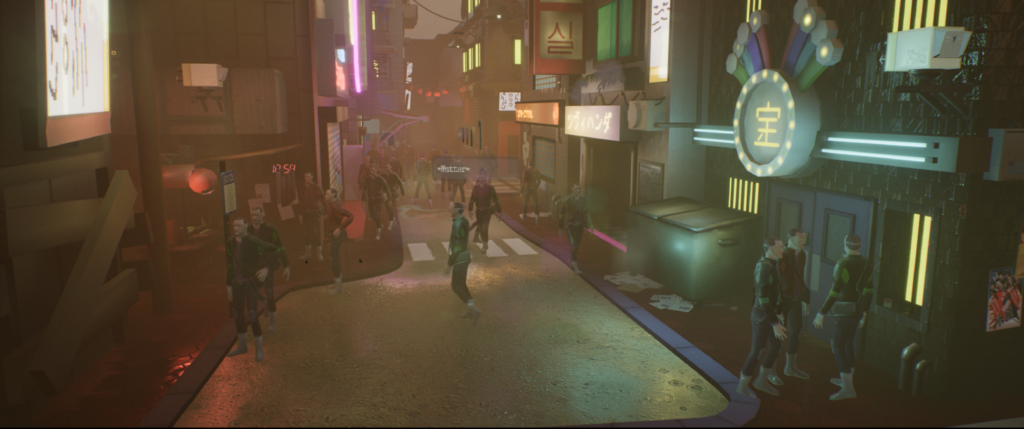
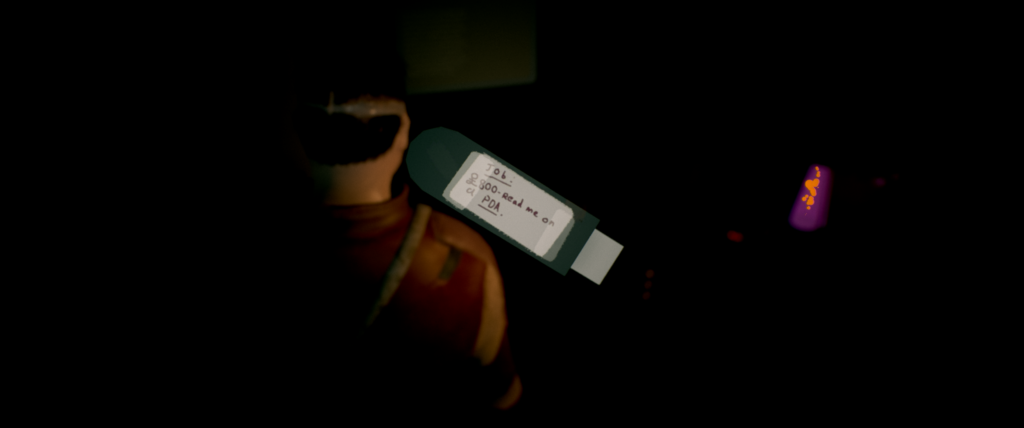
Inspection Mode //
At any point the player can enter Inspection Mode by zooming the camera all the way in. While inspecting the player can interact with items in the environment, translate text and snoop on conversations.
Interacting with Items : While exploring the world the player will be able to pick up and interact with a number of objects of interest. While inspecting the player can manipulate the object in the viewport to, allowing it to be seen from any angle.
Focus Mode : While in Inspection mode the player’s perspective is shifted, constraining the focal point of the camera to wherever the player looks. To aid with the players investigation, items of interest in the scene become more obvious to the player such as People of interest and Inspection Objects
PDA – Personal Digital Assistant //
Mice on Venus requires the player to supply their own critical thinking and investigation skills. Through this the game expects the player to keep their own notes and create their own objectives. The PDA allows this functionality without the need for external note keeping.
Note Taking : At any point during play the player is able to drawn their PDA and take notes on the situation. While drawn The mouses is detetches from the camera, while still allowing the player to ‘click and drag’ to manipulate the viewport. This allows the player to take notes without feeling completely devoid of controls whiele doing so. Onced Opened the player is able to creat e their own Header and Text Body for each note. Each will be added to a central list the player can browse back through at any time.
Storing Items/Clues : The player is allowed to open the PDA while inspecting an item. Doing so will present an additional icon; the inventory button. This allows the player to store an inspected item, doing so will link that item to an entry in the PDA. Opening that entry back up and pressing the inventory button again will bring the stored item back out. This allows the player to reference clues in the text and store clues for visual reference.
Casual mode : Opting for Casual Mode at the beginning of the game automatically populates the players PDA with entries pertaining to each item they find. While this helps players who wish to play casually, it still allows the player to modify these entries and create their own if they so wish.
(due to more crital mechanics requiring attention the current implomentatino of Casual Mode appears to change nothing. However critical changes do take place behind the scene that will be populated at a later date)
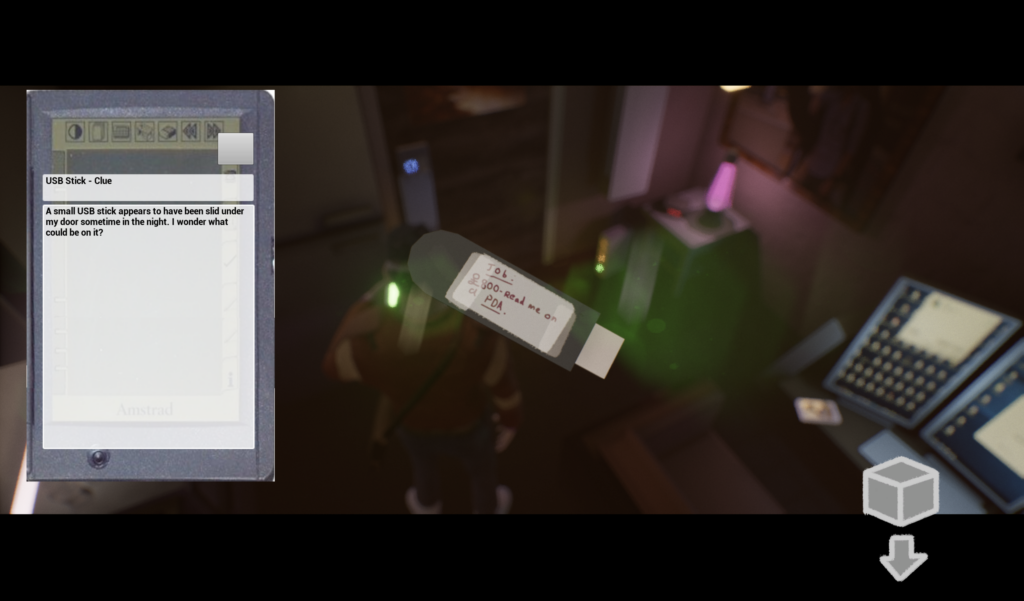
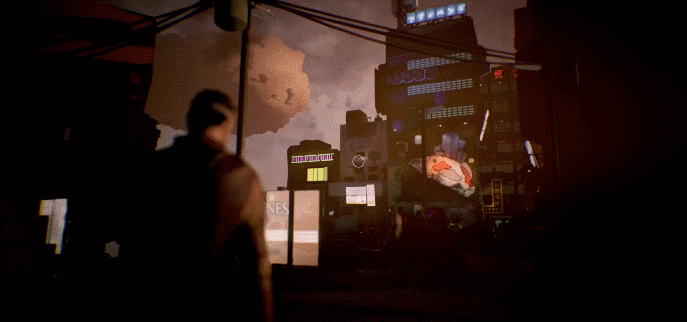
Simulated Time //
Each of the games Cases (Mission) are based around the world constantly progressing in the background throughout play. Key scenarios happen at scripted times throughout each day, requiring the player to properly time manage each case.
Accelerated Time : Roughly 5 minutes in real life is equivalent to an hours of in-game time. This allows the cases to keep pace, without wasting the players time.
Real Time Simulation : A secondary option is present allowing the player to run the game at real time. Although this setup isn’t ideal, it offers an extra layer of simulation & realism for players who enjoy that.
Accurate Sun simulation : The games time and sun are fundamentally linked. At any given time the sun’s transit across the sky is accurately simulated, in accordance with the time & geographic location of the current Case, giving some locations in extreme locations (such as the Polar Region) a wholly unique vibe.
Dynamic Narrative //
At the start of each Case (Mission) the player will be given a single nebulas objective; Find my wife and report what she’s up to, spy on this person, infiltrate this group etc. The player is then give a few initial threads, then it is up to them alone to decide how they see the case to fruition.
Ambiguous Morality : The game’s core theme is ‘Ambiguous Morality’. Each case tackles issues that do not necessarily have an obvious right or wrong answer. The game makes no effort to state what’s a good, bad, right or wrong action to the player. It leaves the participation, and the reflection, up to the player alone. The game aims through this mechanic to encourage the player to think more deeply about their choices, their opinion on the situation and what repercussions that has on the people involved in each case.
Vertical Slice Case : course of the the Vertical Slice level the player is told to investigate a man’s wife and report what she’s up to. The game initially allows the player to assume the wife should be in the wrong. While over the course of the mission, presenting the player with increasing evidence that muddies the water. Ultimately resulting in no clear right or wrong participant.
Case Write Up: At the conclusion of each Case the player must report back their finding to a Case Giver. During this stage the player is able to ‘spin’ their evidence however they wish, further allowing them to project their own moral compass.
Casual Mode : At the begging of the game the player will be prompted with a choice; Casual or Hands On mode. Hands on mode plays the game as it was intended. However, Casual mode replaces various points of gameplay such as the player creating their own objectives, pointing out their destinations more obviously etc. I personally feel the alterations made to the core gameplay spoils what I find fun about the game. However it would be foolish to ignore an entire demographic of players who would in-fact prefer a more hands-off gameplay experience.
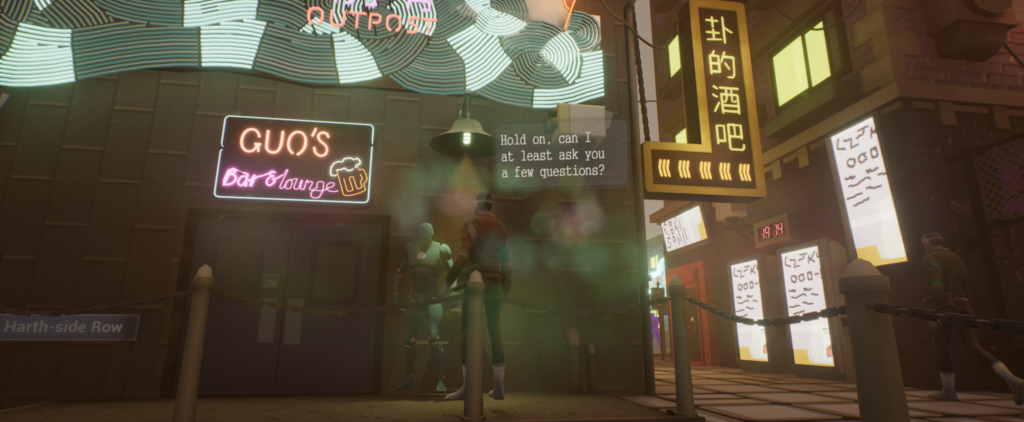
Additional Mechanics & Features
//
Inverse Kinematics //
Foot IKs : The player characters rig utilizes a Foot IK system to position each foot correctly on the surface below. Currently the foot IK system is only being used while ascending and descending stairs (as the rest of the environment is almost exclusively flat).
Hand Placement : To facilitate a more natural transition through doors, they animate independently of the play, allowing the player to essentially walk past them unobstructed. a special Walkthrough IK setup is ran during this transition, placing the player’s hand on the door independently of the leg animation. This creates a look as if the player were simply pushing open the door as they pass through.
(Due to the updated mesh and rig of the new character these IK’s have yet to be re configured in the newest build).
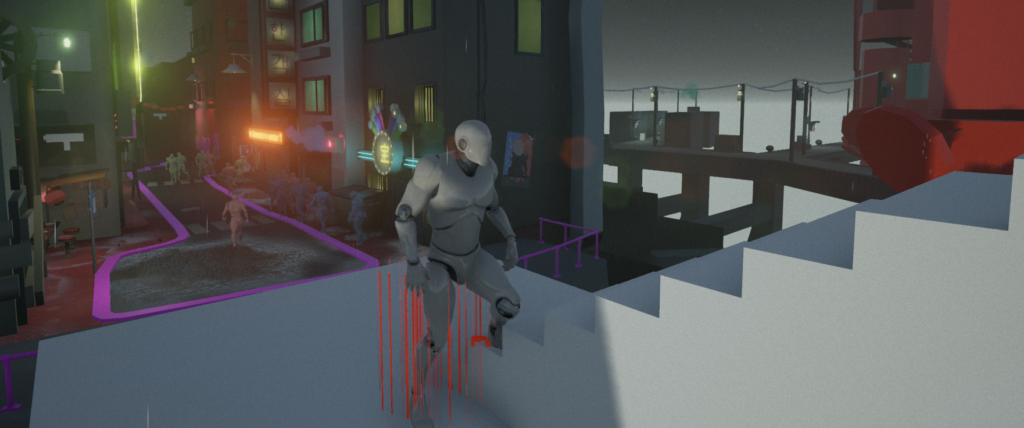
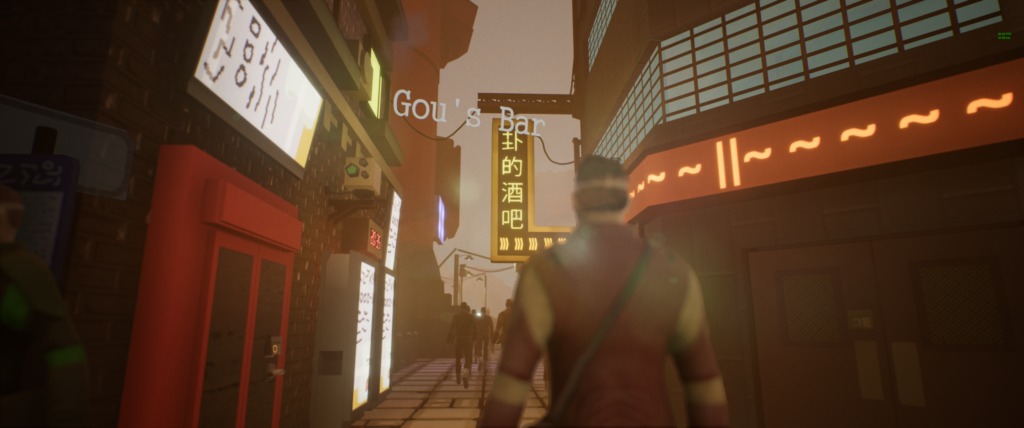
Auto Translation //
Facilitating Inspection : The world and environment the game takes place in is a multilingual one. To accommodate this, without breaking the immersion of the game world, each piece of foreign script is the environment is accompanied by a translation when focused on by the player. The Protagonist is able to read this script, while the player presumably cannot. This method allows all text, environmental or otherwise, to be read. This aids the investigatory nature of the game, while effectively communicating information to the Protagonist knows directly to the player in an immersive fashion.
Sight Head Tracking //
While walking through the world occasionally the heads of Citizens will turn to look at the player. This was done in an effort to help the believably of the worlds NPCs, as the games philosophy requires a certain amount of empathy for the Citizens.
Realistic Behaviour : Although currently working only between NPC & Player, the mechanic is being expanded to include numerous “Objects of Interest” throughout the environment that can dynamically catch the attention of both the Protagonist and the world’s Citizens.
Allowing the Protagonist to look around dynamically just like the NPCs helps to make the player feel somewhat disconnected from the character, as if they were looking down on what they’re doing rather than simply controlling them.
(Due to the updated mesh and rig of the new characters this functionality has yet to be re configured in the newest build).
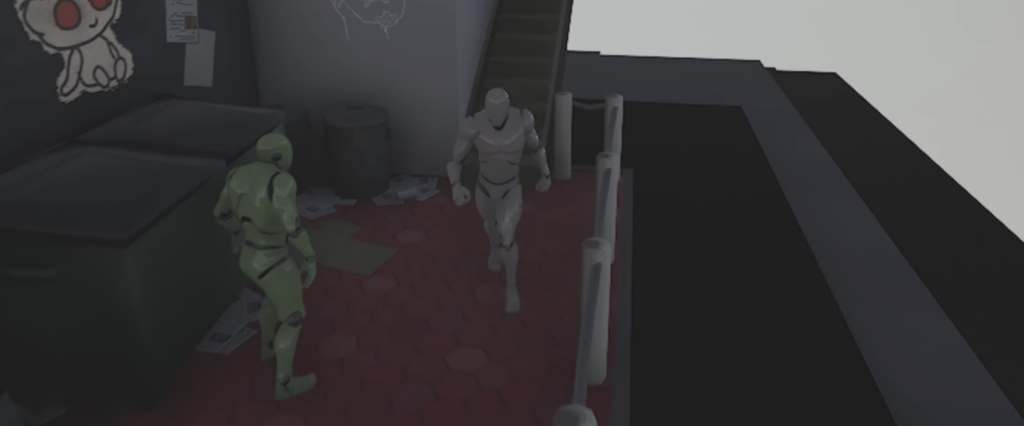

LCD Screen Replication //
Each of the ingame displays incorporate a material that allows any image to be split up into it’s component RGB channels. This allows the game to emulate the real life method of displaying images on digital displays.
Swappable Pixel Geometry : Due to the setup utilized within the material the Pixel Geometry arrangement can be easily swapped out and modified, even going as far as to allow for Colour calibration of each display. this allows for the single parent material to be utilized on various types of display. For instance the default setup has the pixels setup in a standard TV CRT arrangement, however some more ‘advanced’ display will be swapped out for ‘Diamond’ OLED arrangements.
Distance based LCD : Although the game aim’s to emulate some filmic effects, emulating realistic displays results in a real life phenomenon of a ‘pattern’ present when viewing displays on other displays. to remedy this the Material takes into account how far away the player is from the material. This is used to fade out the effect smoothy as the player moves away from the display. This results in an effect similar to how the display transitions in real life; losing any real definition between the lines, resulting in the image blending normally.
Rain //
Controlled weather : During play occasionally it can begin to rain. The effect is produced relative to the player’s location, allowing the smallest number of particles to be rendered as possible, increasing overall performance.
Vertex Painting : Vertex Painting is utilized to draw on the varying levels of dampness on surfaces. Going from Dry to Damp and then finally Puddle. This increased control allows for realistically rendered puddles and ‘collection zones’ to be baked onto surfaces at considerably higher resolutions. Furthermore aggressive LOD’s are used to quickly reduce the geometry of the surface, avoiding any unnecessary performance loss.
HDRI Reflections : to help the performance of the particle effect low resolution HDRi maps are used to reflect the environment inside of the water droplets.
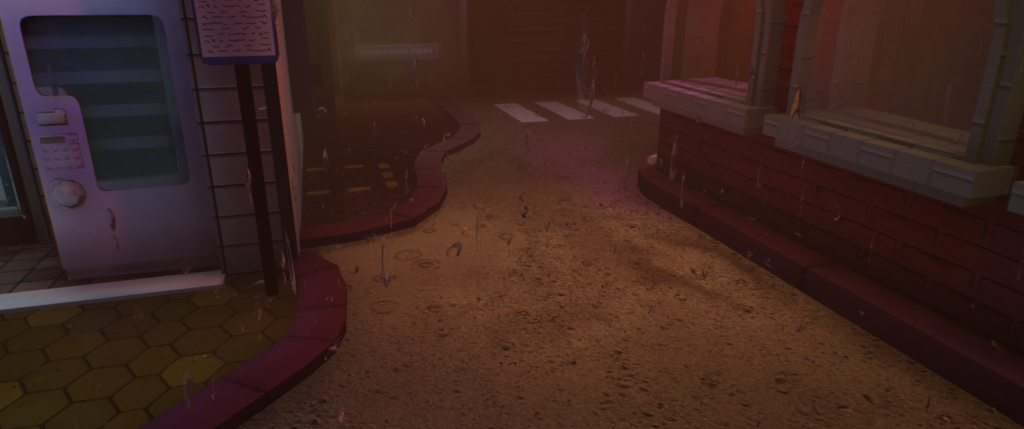
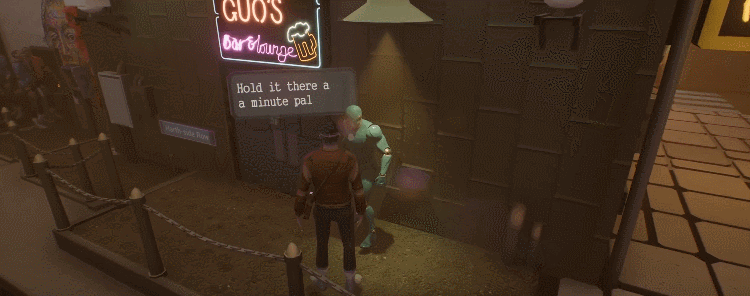
Dialogue Trees //
Dialogue Boxes : The game utilizes a traditional method of dialogue delivery in a unique presentation. These dialogue boxes allow dialogue to be easily produces and altered, considering the volume that’s needed for the game to be produced convincingly. Furthermore the setup facilitates the core gameplay. Setting up the dialogue within readable boxes allows the representation of ‘hearing’ words to be conveyed without the need for dialogue, If the player is too far away to read a piece of text, then they would be equally as too far away to have heard it. Furthermore if the player wants to pay attneiton to once conveyseration they may struggle to keep up with others in the area, simimlar to simply hearing. like how paying close attention to conversations works.
Single Script Party Conversation : The dialogue systems setup allows for a single Blueprint/Script to be utilized to store and produce dialogue for both the first and second party seamlessly. This drastically streamlines the dialogue process, Allowing for convenient setup of both parties speaking at the same time.
Foliage //
Subsurface scattering : Due to the volume of leafs in some areas, and how they overlap with one another it was important to allow a certain amount of light to pass through each leaf and onto the next one. Unreal’s Sub Surface Lighting tools allows light to be visible through each individual leaf realistically and relatively efficiently.
Wind Simulation : Due to the games location being set exclusively in the clouds the environment is presumably windy. As such believable wind simulation is required. using a combination of panning, noise and Material offset an effective and cheap wind simulation was produced. AS the effect was alligned relative to the world it had the added benifit of having it’s ‘roll’s line up with sepporate actors in closs proximity, increasing the effects effectiveness. The technique had the added bonus of being able to be reused on sevral other loose elements in the envionrment such as Tarp, flags and banners.
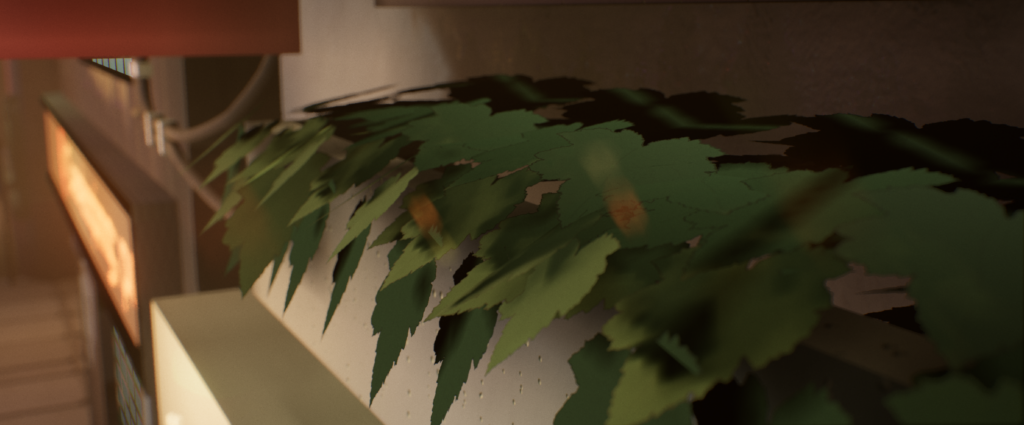
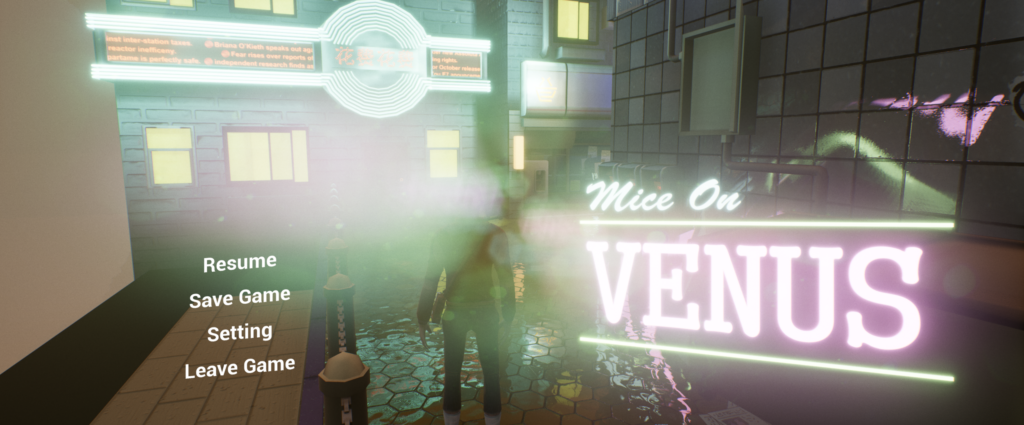
Menus //
Settings : Although not groundbreaking the inclusion of an settings menu is not always a staple of modern Indie titles. The game allows the player to choose their own desired resolution, the quality of the post processing effects, models, textures and more. This allows the maximum number of players to find the game accessible.
(Foundations are in place to allow the player to rebind keys, however work has not begun on this yet)
Pause screen : In line with the games HUD-less design principal the Pause Menu attempt to blend into the world itself. When called, the gameworld’s time dilates, creating a slow-motion effect. This allows the scene to carry on existing, while being reduced to a crawl. Furthermore all of the submenu buttons are present as 3D objects within the scene, along with the logo. This allows for a feeling of never fully being removed from the game even when paused.
Saving : The game allows the player to save their progress and return at a later date. Key moments/decisions in each case aautomatically save. Saving the game documents smaller details such as the cameras distance and exact position at the time of closing. This allows a greater feeling of simply ‘carrying on just where you left off’ as eveyrthing is exactly as it was.
Dynamic Camera //
contextual Interpolation Shifting : The camera is designed in such a way to feel removed from the player. The camera Interpolates to the desired position, creating a feeling of Gesture rather than input when the player moves the camera. Although Cinematic in effect at lower interpolation speeds it can make the camera feel unresponsive when moving rapidely throught e envionrment. As such the Interpolation speed of the camera dynamically shifts depending on Context. If the player is simply standing still it will slow to a cinematic crawl, while if the player is running it snaps quickly almost to the point of feeling like regular camera input.
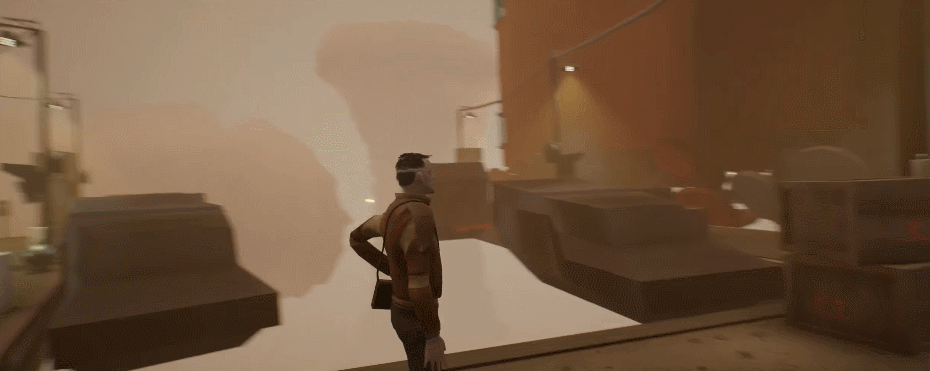
Portfolio
//
Turntables and Flythroughs
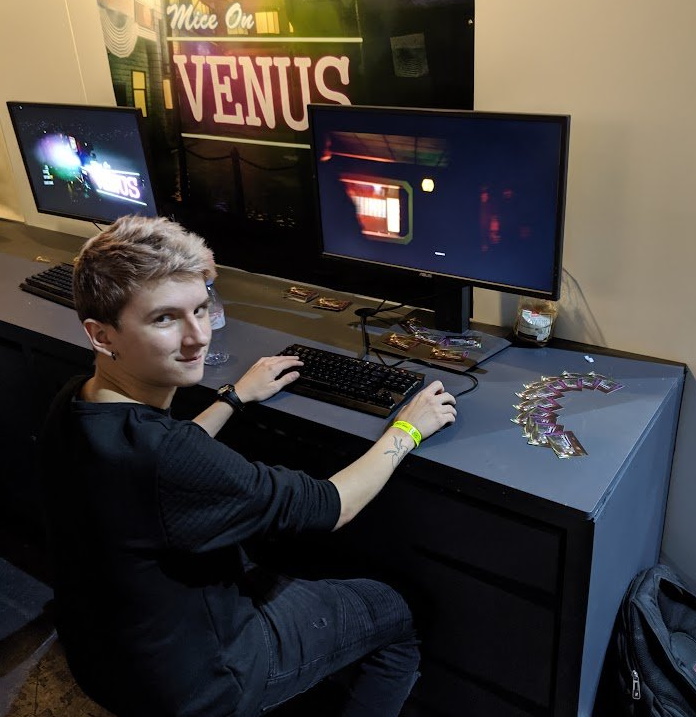
Environmental Turntable //
Environmental Flythrough//
//Homepage <<